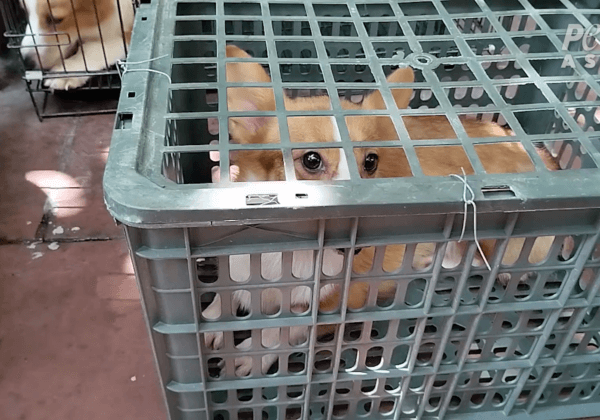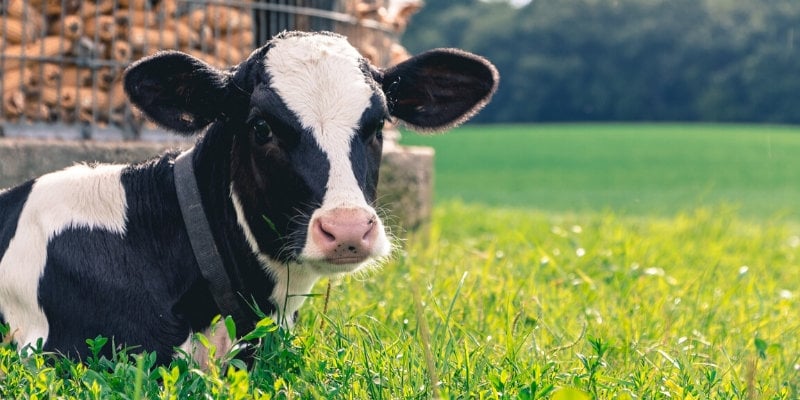Your Deadly Neighborhood Fight Club
Roosters, horses, dogs, and other animals are pitted against each other and forced to fight, often to the point of death—all for the “amusement” of onlookers, who make bets on which animal will survive and which won’t.
Defenders say that dogfighting, horse fighting, cockfighting, and other types of animal fights should be allowed to continue because they are part of culture and tradition. But culture and tradition must never be used as excuses to inflict pain and suffering on any sentient being. As ferocious as they may seem in battle, these animals are defenseless creatures who are forced to fight.
Chickens, for example, are very affectionate animals. Leading animal behavior scientists from across the globe now tell us that chickens are inquisitive and interesting animals whose cognitive abilities are more advanced than those of cats, dogs, and even some primates. Chickens understand sophisticated intellectual concepts, learn from watching each other, demonstrate self-control, worry about the future, and even have cultural knowledge that is passed from generation to generation. Dr. Chris Evans, who studies animal behavior and communication at Macquarie University in Australia, says, “As a trick at conferences, I sometimes list these attributes, without mentioning chickens, and people think I’m talking about monkeys.”
Chickens comprehend cause-and-effect relationships and understand that objects still exist even after they are hidden from view. This puts the cognitive abilities of chickens above those of small human children. Scientists are so impressed with what we now know about the intellect of chickens and other birds that a group of international experts recently called for a new naming system to reflect the complex, mammal-like structure of avian brains. Dr. Christine Nicol, who studies chicken intelligence, reflected, “They may be ‘bird brains,’ but we need to redefine what we mean by ‘bird brains.’ Chickens have shown us they can do things people didn’t think they could do. There are hidden depths to chickens, definitely.”
But in cockfighting, birds are taken away from their mothers at an early age and “toughened up” in order to make them willing to fight. All animals used in fights, in fact, have probably endured months or even years of abuse before their first match. Fighting animals are given drugs to make them grow faster and stronger. Cockfighters, for example, hack the wattles and combs off roosters in order to prevent other roosters from doing so themselves. The roosters’ natural spurs—the bony protrusions near their feet—are also cut off and are replaced with more lethal weapons.
When the animals get tired and don’t want to fight anymore, their “owners” get into the ring and urge them to finish the job. The animals who lose are often thrown in the trash—the “lucky” ones are already dead, but live birds have been found in trash cans following fights, left to die slow, excruciatingly painful deaths from fatal wounds. The animals who “win” aren’t that much better off. They often end up horribly disfigured.
Animal fights don’t just harm animals; they hurt humans too. In Thailand, cockfighters are believed to have helped spread bird flu. In the Philippines, home of the World Slasher Cup (the “World Series” of cockfighting), breeders and cockfighters have sworn to resist government efforts to cull birds if bird flu reaches Philippine shores.
If you feel like watching a fight, only support fights that involve willing human participants, such as wrestling matches, or watch movies that involve fighting.
Remember: Animals are not ours to use for entertainment. There’s nothing fun about hurting them.









